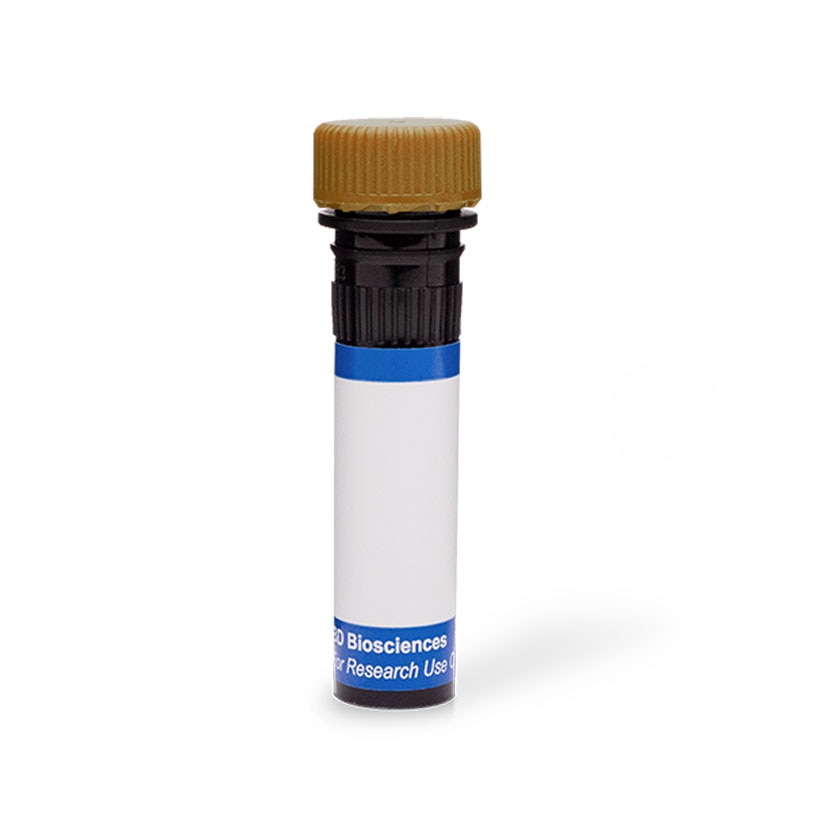Old Browser
This page has been recently translated and is available in French now.
Looks like you're visiting us from {countryName}.
Would you like to stay on the current country site or be switched to your country?


Regulatory Status Legend
Any use of products other than the permitted use without the express written authorization of Becton, Dickinson and Company is strictly prohibited.
Preparation And Storage
Recommended Assay Procedures
BD® CompBeads can be used as surrogates to assess fluorescence spillover (compensation). When fluorochrome conjugated antibodies are bound to BD® CompBeads, they have spectral properties very similar to cells. However, for some fluorochromes there can be small differences in spectral emissions compared to cells, resulting in spillover values that differ when compared to biological controls. It is strongly recommended that when using a reagent for the first time, users compare the spillover on cells and BD® CompBeads to ensure that BD® CompBeads are appropriate for your specific cellular application.
Product Notices
- Please refer to www.bdbiosciences.com/us/s/resources for technical protocols.
- Please refer to http://regdocs.bd.com to access safety data sheets (SDS).
- For U.S. patents that may apply, see bd.com/patents.
- Caution: Sodium azide yields highly toxic hydrazoic acid under acidic conditions. Dilute azide compounds in running water before discarding to avoid accumulation of potentially explosive deposits in plumbing.
- Since applications vary, each investigator should titrate the reagent to obtain optimal results.
- The production process underwent stringent testing and validation to assure that it generates a high-quality conjugate with consistent performance and specific binding activity. However, verification testing has not been performed on all conjugate lots.
- Human donor specific background has been observed in relation to the presence of anti-polyethylene glycol (PEG) antibodies, developed as a result of certain vaccines containing PEG, including some COVID-19 vaccines. We recommend use of BD Horizon Brilliant™ Stain Buffer in your experiments to help mitigate potential background. For more information visit https://www.bdbiosciences.com/en-us/support/product-notices.
- When using high concentrations of antibody, background binding of this dye to erythroid fragments produced by ammonium chloride-based lysis, such as with BD Pharm Lyse™ Lysing Buffer (Cat. No. 555899), has been observed when the antibody conjugate was present during the lysis procedure. This may cause nonspecific staining of target cells, such as leukocytes, which have bound the resulting erythroid fragments. This background can be mitigated by any of the following: titrating the antibody conjugate to a lower concentration, fixing samples with formaldehyde, or removing erythrocytes before staining (eg, gradient centrifugation or pre-lysis with wash). This background has not been observed when cells were lysed with BD FACS™ Lysing Solution (Cat. No. 349202) after staining.
- For fluorochrome spectra and suitable instrument settings, please refer to our Multicolor Flow Cytometry web page at www.bdbiosciences.com/colors.
- An isotype control should be used at the same concentration as the antibody of interest.
- Cy is a trademark of Global Life Sciences Solutions Germany GmbH or an affiliate doing business as Cytiva.
- Please observe the following precautions: We recommend that special precautions be taken (such as wrapping vials, tubes, or racks in aluminum foil) to protect exposure of conjugated reagents, including cells stained with those reagents, to any room illumination. Absorption of visible light can significantly affect the emission spectra and quantum yield of tandem fluorochrome conjugates.
Companion Products




The AER-37 (CRA-1) monoclonal antibody specifically recognizes FcεRIα which is also known as the high affinity immunoglobulin epsilon receptor subunit alpha (Fc-epsilon RI-alpha). FcεRIα is a type I transmembrane glycoprotein that is encoded by FCER1A (Fc fragment of IgE receptor Ia) which belongs to the Ig gene superfamily. FcεRIα serves as the binding subunit for the Fc region of IgE. It forms part of a heterotetrameric, high-affinity IgE Fc receptor (FceR1/FcεR1) that includes signal transducing subunits, one β-chain (FcεRIβ encoded by MS4A2) and two disulfide-linked γ-subunits (FcεRIγ encoded by FCER1G). FcεRIα is normally expressed on basophils and mast cells and can also be expressed on some monocytes, Langerhans cells, dendritic cells, and eosinophils from allergic donors. FcεRIα plays a major role in allergic responses and in the presentation of allergens to the immune system. The AER-37 antibody reportedly does not compete with IgE for FceR1 binding.

Development References (6)
-
Cheng YX, Foster B, Holland SM, et al. CD2 identifies a monocyte subpopulation with immunoglobulin E-dependent, high-level expression of Fc epsilon RI.. Clin Exp Allergy. 2006; 36(11):1436-45. (Clone-specific: Flow cytometry). View Reference
-
Foster B, Metcalfe DD, Prussin C. Human dendritic cell 1 and dendritic cell 2 subsets express FcepsilonRI: correlation with serum IgE and allergic asthma.. J Allergy Clin Immunol. 2003; 112(6):1132-8. (Clone-specific: Flow cytometry). View Reference
-
Gounni AS, Lamkhioued B, Ochiai K, et al. High-affinity IgE receptor on eosinophils is involved in defence against parasites. Nature. 1994; 367(6459):183-186. (Biology). View Reference
-
Jürgens M, Wollenberg A, Hanau D, de la Salle H, Bieber T. Activation of human epidermal Langerhans cells by engagement of the high affinity receptor for IgE, Fc epsilon RI.. J Immunol. 1995; 155(11):5184-9. (Biology). View Reference
-
Maurer D, Fiebiger S, Ebner C, et al. Peripheral blood dendritic cells express Fc epsilon RI as a complex composed of Fc epsilon RI alpha- and Fc epsilon RI gamma-chains and can use this receptor for IgE-mediated allergen presentation.. J Immunol. 1996; 157(2):607-16. (Biology). View Reference
-
Takai T, Yuuki T, Iwamoto-Yasue N, Okumura K, Ra C. Epitope analysis and primary structures of variable regions of anti-human FcepsilonRI monoclonal antibodies, and expression of the chimeric antibodies fused with human constant regions.. Biosci Biotechnol Biochem. 2000; 64(9):1856-67. (Immunogen: Flow cytometry, Western blot). View Reference
Please refer to Support Documents for Quality Certificates
Global - Refer to manufacturer's instructions for use and related User Manuals and Technical data sheets before using this products as described
Comparisons, where applicable, are made against older BD Technology, manual methods or are general performance claims. Comparisons are not made against non-BD technologies, unless otherwise noted.
For Research Use Only. Not for use in diagnostic or therapeutic procedures.